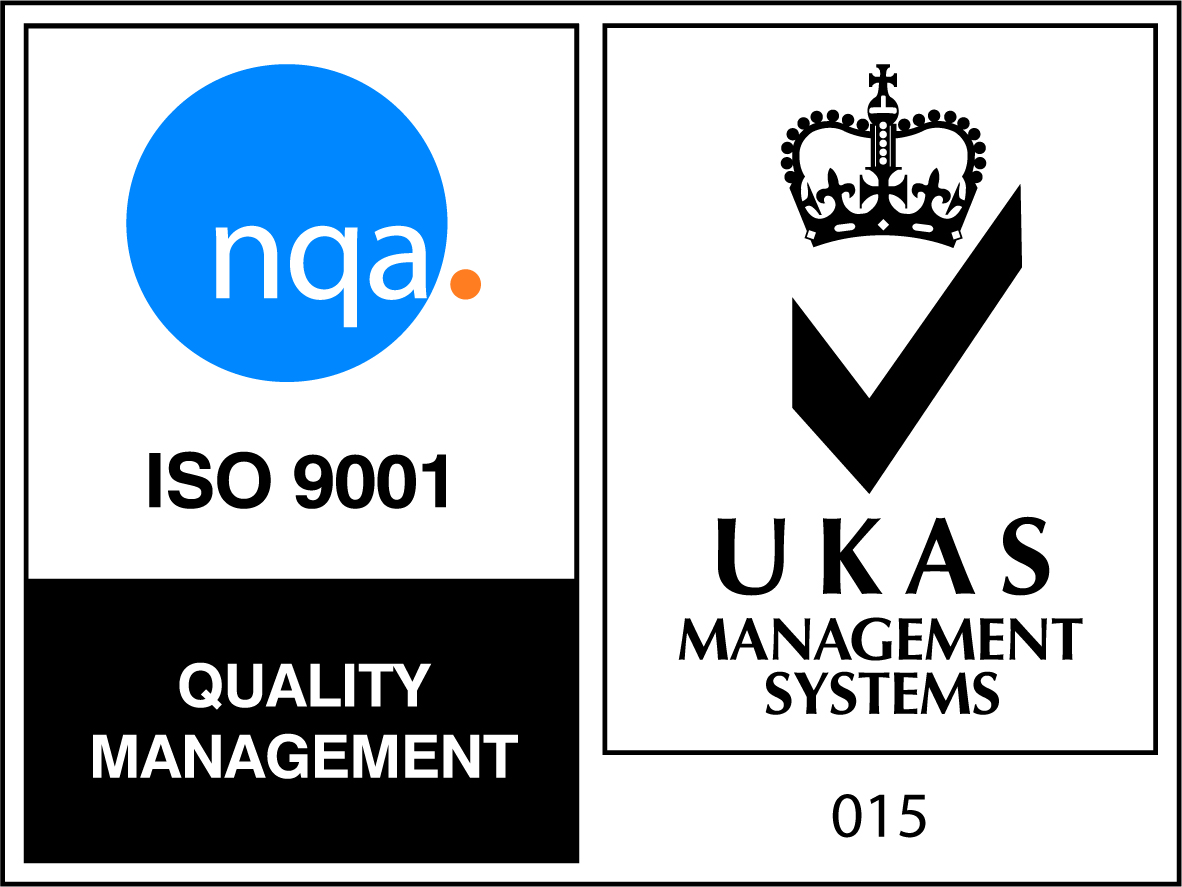Welding is a way to make high strength joints between two or more parts. General Welders use high electrical energy to form an arc. Manual dexterity is essential in controlling the arc, which is used to melt metals, allowing them to fuse together to form a structurally sound weld. Welding is used extensively and in almost every sector of industry. There is a high demand for skilled General Welders in areas, such as automotive, marine, transport, general fabrication, construction and many more.
General Welders produce items like components for cars, ships; rail vehicles; simple metallic containers; and steelwork for bridges, buildings and gantries. Welding is a safety critical occupation and every welder takes responsibility for the quality and accuracy of their work. General Welders are required to produce joints that satisfy basic quality standards in order to ensure that the finished products function correctly, contributing to the safety of all and the global quality of life.
Enquire Now
Role Profile
Skilled, qualified, professionally certified General Welders can work anywhere in the world and provide services in harshest of environments. For these accomplished professionals, the monetary rewards can be significant. There is a highly complex range of welding skills: the different arc welding processes require different levels of manual dexterity, knowledge and skill to avoid making defective welds. There are a wide range of metallic materials that can be welded, each with different properties and behaviours.
Topics
All learners will complete off the job training for this standard. Dependent upon prior qualifications learners may also need to complete functional skills in English & Maths.
For the off the job training element, it is compulsory that learners attend centre to achieve knowledge, understanding and competence in the following subjects:
- General Theoretical Training covering:
- Basic Welding Equipment & Processes
- Making Welded Joints
- Welding Process Specific Theoretical Training
- M.M.A Welding
- MIG/MAG/FCAW Welding
- Materials Specific Theoretical Training
- High Alloy Steel
Knowledge
- Be aware of the basic mechanical properties and weldability of welded materials
- Understand the common arc welding processes, joint types (fillet, lap, butt, etc.) and positions
- Understand the major components of welding equipment and the essential parameters for welding
- Understand the terminology, operation and controls for the selected arc welding processes, joint types and welding positions
- Identify and understand the causes of typical welding defects and how their occurrence can be reduced, for the materials and welding processes selected
- Understand the functions of welding consumables and the requirements for correct storage and handling
- Be able to identify and select correct welding consumables for each application
- Understand and identify hazards and basic health, safety and quality requirements when welding
- Know how to interpret and work to a welding procedure specification
- Know the basics of welding quality documents and reporting systems
Skills
- Produce good quality welds using two welding process/material type combinations (TIG, MMA, MIG/MAG, FCAW) and (Carbon and Low Alloy steel, High Alloy Ferritic/Martensitic Steel, Austenitic Stainless Steel, Nickel and Nickel Alloys, Aluminium and Aluminium Alloys) in two welding positions (Downhand, Horizontal, Vertical, Overhead)
- Attain a qualification in accordance with one of the following standards: ISO 9606 / ASME IX / BS4872 / AWS D1.1, determined by the employer. N.B. These qualifications are regarded as licences to practice in welding
- Achieve a quality of work to meet international standards for dimensional and surface inspection (Visual, Magnetic Particle Inspection and Dye Penetrant Inspection)
- Position, prepare and check the welding equipment
- Receive, handle and maintain consumables
- Prepare, check and protect materials and work area ready for welding
- Complete and check the finished weld ready for inspection and report into the production control system
- Ensure that health and safety requirements are fully accounted for in all the above
Behaviours
- A questioning attitude, to understand the processes and associated industrial applications. Maintaining competence with a commitment to Continuing Professional Development
- Planning and preparation to ensure production and Continuing Professional Development goals are achieved
- Intervention, to challenge poor practices and channel feedback to the appropriate authorities to implement change
- Reliability and dependability to consistently deliver expectations in production, quality, work ethics and self-development
- Accountability, to follow the specified procedures and controls and be personally responsible for their production work and personal development

